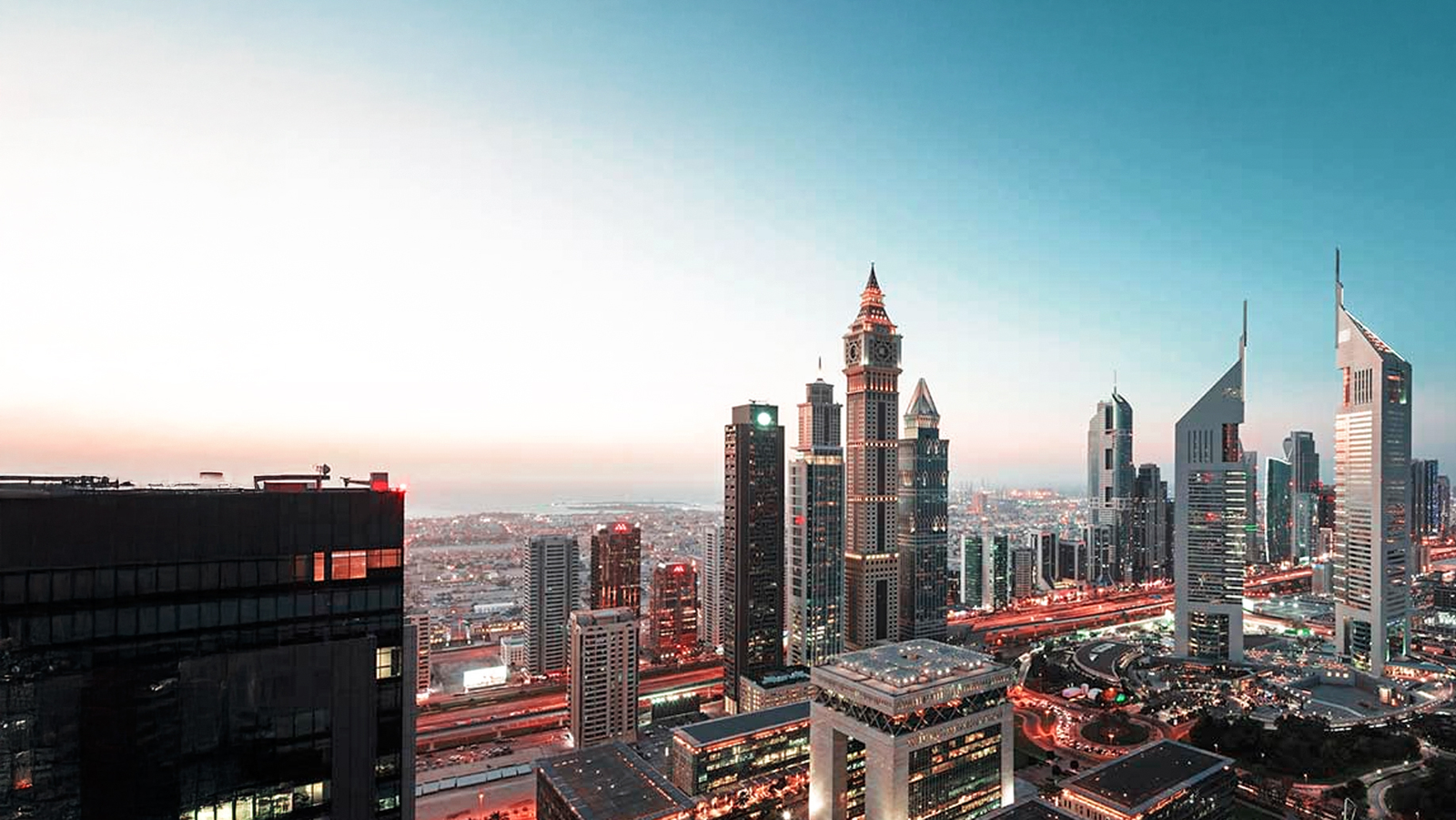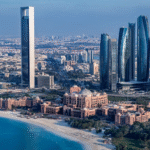Now Reading: How UAE Transformed From Oil Wealth to Global Economic Power 2025
-
01
How UAE Transformed From Oil Wealth to Global Economic Power 2025
How UAE Transformed From Oil Wealth to Global Economic Power 2025
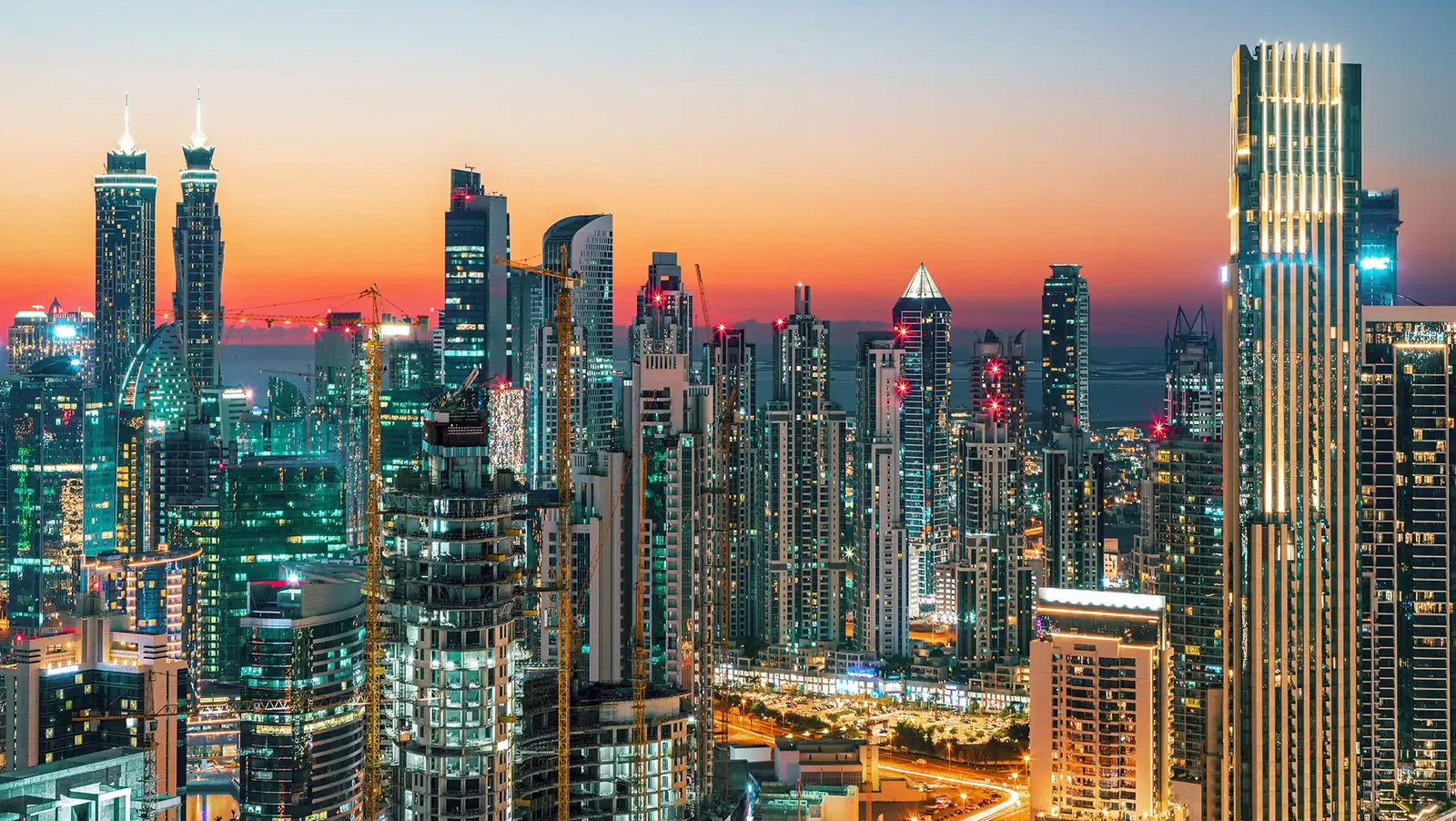
Table of Contents
The United Arab Emirates UAE is known around the world for its glittering skyscrapers, luxury lifestyle, and bold futuristic projects. But behind this modern success story lies a remarkable economic journey. In just over five decades, the UAE has transformed itself from a desert nation dependent on oil to a diversified global economy driven by innovation, trade, tourism, and technology.
This journey was not accidental. It was the result of strong vision, leadership, and careful planning. Today, the UAE stands as a model for countries seeking to reduce their dependence on natural resources and build long-term sustainable growth.
From Oil Discovery to Rapid Growth
The UAE’s economic transformation began in the late 1950s when oil was discovered in Abu Dhabi. Until then, the economy largely depended on pearl diving, fishing, and small-scale trade. Oil exports in the 1960s and 1970s brought sudden wealth, funding infrastructure, healthcare, and education.
The late Sheikh Zayed bin Sultan Al Nahyan, the founding father of the UAE, recognized early that oil would not last forever. He believed that oil revenues should be used wisely to build a diversified economy. His famous words still resonate: We have to find alternatives, for oil is not everlasting.
The Push Towards Diversification
By the 1980s, the UAE had already begun exploring non-oil sectors. Dubai positioned itself as a regional hub for trade and logistics, thanks to its strategic location between East and West. Jebel Ali Port, launched in 1979, became one of the largest ports in the world, attracting global shipping and logistics companies.
At the same time, the government invested heavily in aviation. Emirates Airlines, launched in 1985 with just two aircraft, is now one of the largest international airlines, flying to over 140 destinations worldwide. This was one of the first signs that the UAE was serious about building industries beyond oil.
Tourism and Real Estate Boom
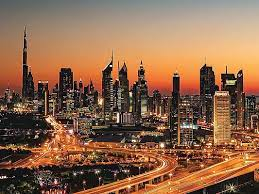
The 1990s and 2000s witnessed another major shift: tourism and real estate development. Dubai, in particular, positioned itself as a global tourist destination. The creation of iconic landmarks like the Burj Al Arab, Palm Jumeirah, and later the Burj Khalifa, turned the city into a symbol of luxury and modern architecture.
Tourism soon became a significant contributor to the GDP. Today, the UAE attracts more than 20 million international visitors annually. Mega-events such as Expo 2020 Dubai further boosted global exposure, attracting investments and partnerships.
Real estate also became a pillar of the economy. Freehold property ownership, introduced in Dubai in 2002, opened doors for foreign investors. This decision attracted billions in investments and transformed the skyline of the UAE’s cities.
Finance and Free Zones
A key factor in diversification was the creation of business-friendly free zones. Dubai International Financial Centre (DIFC), Jebel Ali Free Zone (JAFZA), and Abu Dhabi Global Market (ADGM) allowed foreign companies to operate with 100% ownership and tax benefits.
These free zones not only attracted international companies but also encouraged entrepreneurship. Dubai, in particular, became a hub for start-ups, tech companies, and global headquarters. The UAE’s strong banking and financial services sector also played a vital role in attracting foreign direct investment (FDI).
Investing in Innovation and Technology
In recent years, the UAE has shifted its focus toward the industries of the future. The government launched UAE Vision 2021 and Abu Dhabi Economic Vision 2030, both aiming to create a knowledge-based economy.
Technology, artificial intelligence (AI), renewable energy, and space exploration are now at the center of the UAE’s strategy. Dubai Internet City and Dubai Silicon Oasis have become hubs for tech giants like Microsoft, Oracle, and IBM.
The UAE also made global headlines by launching the Hope Probe to Mars in 2020, becoming the first Arab nation to reach the Red Planet. This achievement symbolized the country’s ambition to become a leader in science and technology.
Renewable Energy and Sustainability
Recognizing the global shift toward sustainability, the UAE is also investing in renewable energy. Masdar City in Abu Dhabi was designed as one of the world’s most sustainable urban developments. The country has also built some of the largest solar parks in the world, such as the Mohammed bin Rashid Al Maktoum Solar Park.
Hosting the COP28 climate conference in 2023 further highlighted the UAE’s role in driving sustainability discussions. The government’s strategy aims for net-zero carbon emissions by 2050, signaling a commitment to a green future.
A Balanced Economy Today
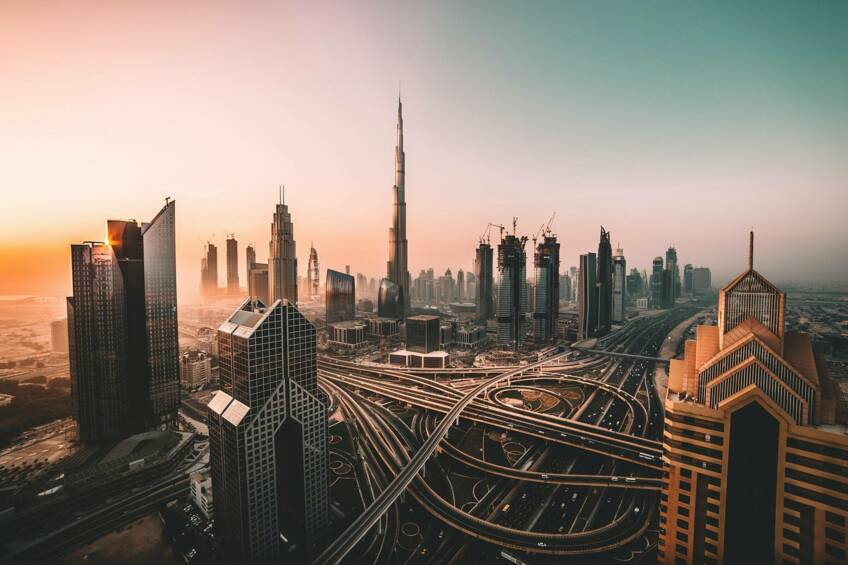
Oil still contributes to the UAE’s economy, but its share has dropped significantly. According to official data, non-oil sectors now account for more than 70% of the UAE’s GDP.
The economy today is powered by multiple engines:
- Tourism and Hospitality – A global magnet for travelers.
- Trade and Logistics – One of the busiest aviation and shipping hubs.
- Finance and Business Services – A top destination for investment.
- Technology and Innovation – Growing start-up and digital economy.
- Renewable Energy – A leader in sustainable development.
This diversification has made the UAE resilient to oil price fluctuations, unlike many other oil-dependent economies.
Lessons for the World
The UAE’s journey offers valuable lessons for other resource-rich nations. Instead of relying solely on oil revenues, the leadership invested in infrastructure, education, and industries that could sustain future generations.
The success of the UAE lies in its long-term vision, global openness, and ability to adapt to change. By welcoming international talent, creating favorable business policies, and setting ambitious goals, the country has positioned itself as a leader in the 21st century economy.
The Road Ahead
As the UAE continues to grow, the next phase of diversification will likely focus on artificial intelligence, biotechnology, green energy, and advanced manufacturing. The rise of smart cities, digital economies, and sustainability initiatives will ensure the UAE remains ahead in global competitiveness.
The transformation of the UAE from an oil-based economy to a diversified global hub is not just a national achievement it is a story that inspires the world.
READ MORE:- Inside the World of Business Acquisitions: Secrets of Corporate Growth 2025



